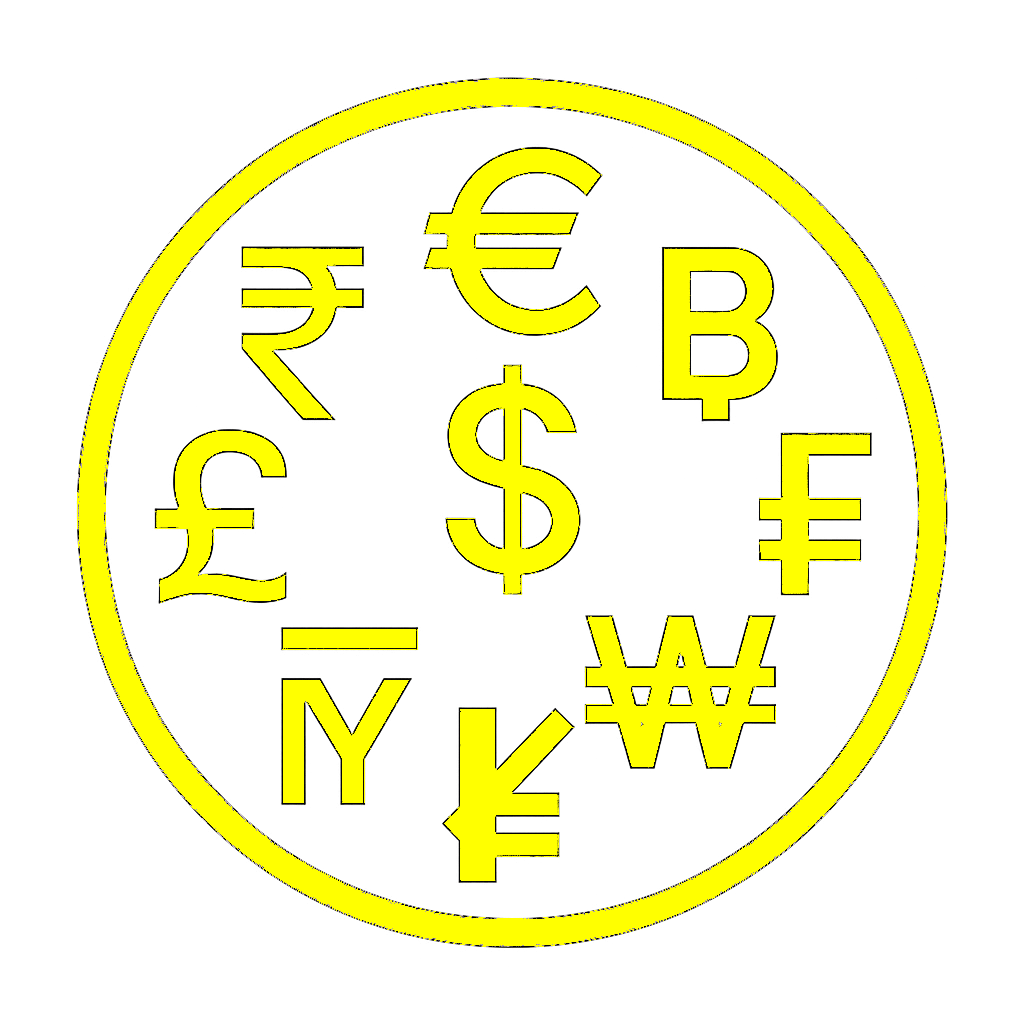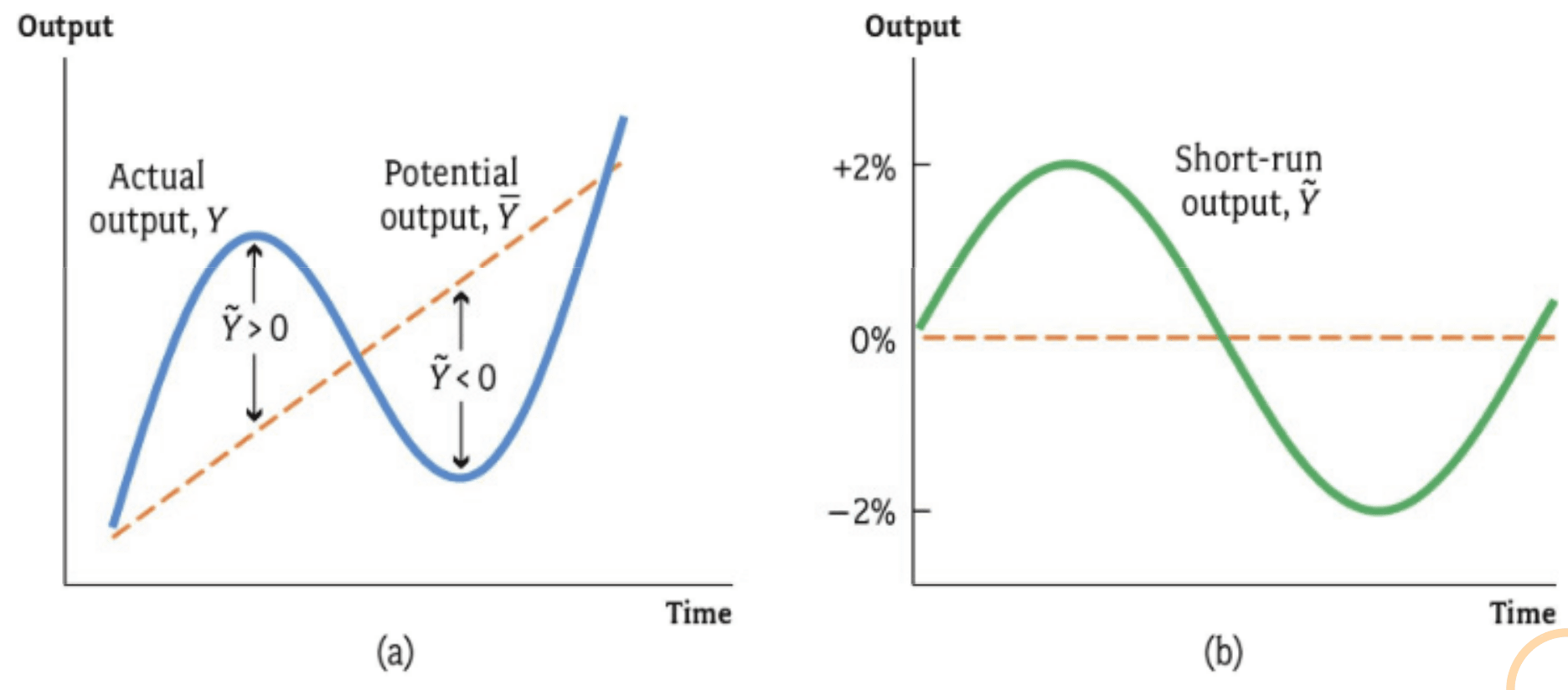18 Business cycles and unemployment
Source: Jones (2008, p. 220)
Actual output in an economy is the sum of the long-run trend and short-run fluctuations (see Figure 18.1):
\[ \underbrace{\textnormal{actual output}}_{Y_t}=\underbrace{\textnormal{long-run trend }}_{\bar{Y}_t} + \underbrace{\textnormal{short-run fluctuation }}_{\tilde{Y}_t} \]
Here, \(\bar{Y}_t\) represents the potential output that follows the general trend of GDP, while \(\tilde{Y}_t\) captures short-run fluctuations. The difference between real GDP and potential GDP is known as the output gap.
Okun’s Law is an empirically observed relationship between unemployment and short-run fluctuations in countries’ production. It is named after Arthur Melvin Okun (1928-1980), who first proposed the relationship in 1962. See .
Source: Wikimedia Commons
18.1 The reverse multiplier effect
When people experience unemployment, they: - Cut back on their spending on luxuries. - Goods with a relatively high income elasticity of demand are likely to be affected more significantly. - These businesses may reduce orders and lay off workers. - As a result, an increase in unemployment can impact economic activity as a whole, creating further unemployment, with negative effects often varying locally. - Switch their spending to substitute goods, which may be considered inferior goods. This change might lead some firms to experience an increase in demand, such as budget supermarkets.
The great depression vs. COVID crisis
John Maynard Keynes (1883-1946): > “In the long run, we are all dead.”
Watch: YouTube
Read: Wikipedia
Read: CRS Reports
With respect to unemployment, compare the Great Depression with the recent COVID crisis.


